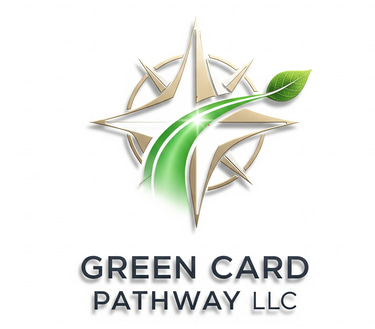DIY vs. Professional EB-1A Consulting: What You Need to Know
Considering tackling your EB-1A petition yourself—or hiring a consultant? We compare DIY approaches and professional services, so you can choose the path that maximizes your approval chances and ROI.
Green Card Pathway
6/12/20252 min read


With EB-1A’s stringent standards and detailed evidence requirements, it’s tempting for budget-conscious applicants to go it alone. Yet many find that the time, stress, and risk of errors outweigh the cost savings. In this guide, we’ll explore the pros and cons of a DIY petition versus investing in professional consulting, highlight the hidden pitfalls of self-filing, and help you decide which approach aligns with your goals, timeline, and risk tolerance.
1. The DIY Route: Pros and Cons
Pros:
Lower Upfront Cost – No consulting fees, just filing and modest document prep expenses.
Complete Control – You direct every aspect of your petition.
Learning Opportunity – Deep dive into USCIS criteria and process nuances.
Cons:
Steep Learning Curve – USCIS memos, policy guides, and adjudicator trends can be complex.
High Risk of RFEs/Denials – Misinterpreting criteria or mislabeling evidence is common.
Time-Intensive – Expect 60–100 hours gathering, organizing, and formatting documents.
2. What Professional Consultants Offer
ServiceDIY AlternativeProfessional AdvantageCriteria ScoringSelf-scoring guessworkData-driven scorecard aligned to USCIS guideEvidence MappingManual folder dumpingIndexed, criterion-tagged dossier ready for reviewLOR Templates & BriefsGeneric request emailsCustom drafts & referee briefing memosRFE StrategyOn-the-fly panicTargeted, proven RFE-response playbooksTimeline ManagementCalendar jugglingProject plan with milestones & reminders
3. Cost Comparison & ROI
DIY Cost Estimate:
USCIS Fees: ~$4,000
Printing/translations: ~$500
Total ≈ $4,500
Consulting + Attorney Estimate:
Consulting: $20,000
Attorney: $8,000
USCIS Fees: ~$4,000
Total ≈ $32,000
ROI Analysis:
Using our Cost vs. ROI Calculator, even at $32K total spend, a modest 15% salary uplift (≈$15K/yr) plus family EAD value (~$20K/yr) yields break-even in under 12 months and 300–400% ROI over five years—far outweighing DIY risk.
4. Key Decision Factors
Complexity of Your Profile
High-stakes (multiple criteria, international awards): Professional help recommended.
Narrow case (single standout award): DIY may suffice if you’re detail-oriented.
Time Availability
Full-time job or research: Limited bandwidth favors consultant support.
Flexible schedule: More time for DIY research and document prep.
Risk Tolerance
Low risk tolerance: Avoid RFE delays and potential denial—hire experts.
High risk tolerance: Willing to absorb delays and refile costs if needed.
Budget & Funding
Employer or grant support: Professional services become affordable.
Personal funds only: DIY may feel necessary, but consider partial consulting (e.g., scoring + roadmap).
5. Hybrid Approaches
A La Carte Consulting: Pay only for areas you need most—evidence mapping or RFE support.
Tiered Packages: Start with a deep-dive assessment ($149–$199), then add structured services as needed.
Performance-Based Engagement: Negotiate partial fees contingent on achieving “Strong Fit” status in scoring.
Conclusion
While the DIY route offers apparent savings, the EB-1A process’s complexity and high standard make professional consulting a strategic investment that often pays for itself through faster approvals and reduced risk. Assess your profile, time constraints, and risk tolerance carefully—then choose the path that maximizes your chances of green-card success.
Ready to compare your options? Try our Free EB-1A Eligibility Quiz, then book a 30-min Strategy Call to explore a tailored consulting plan.
